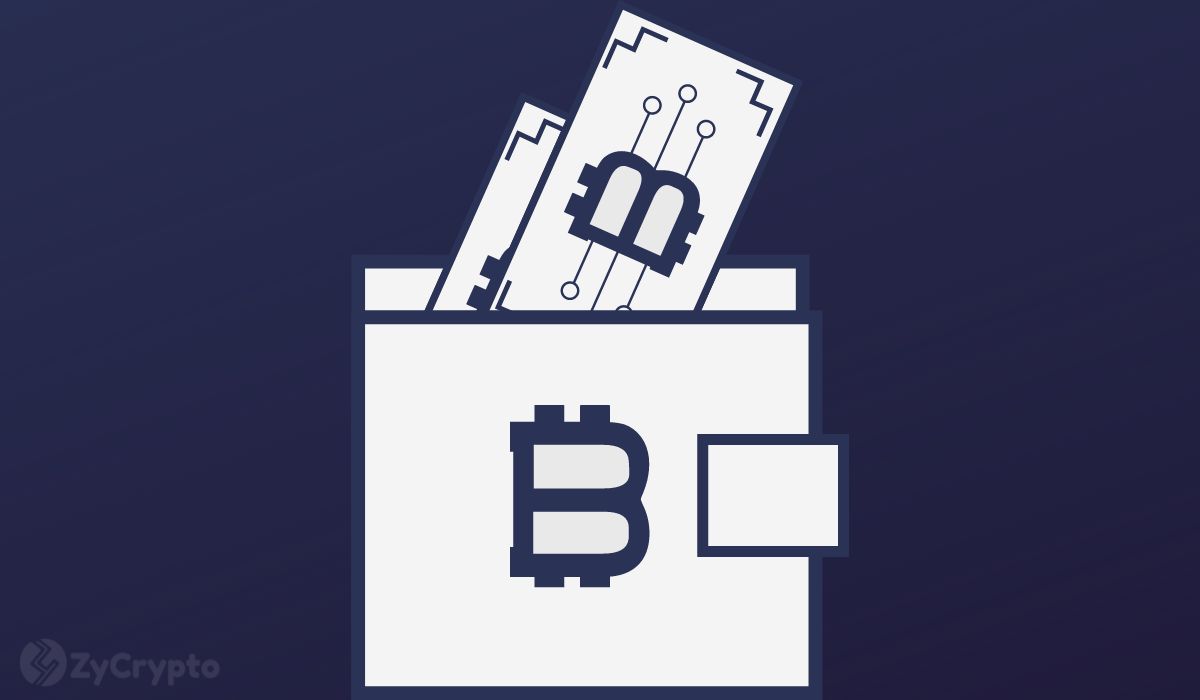ARTICLE AD BOX
An enormous surge is expected for the Ethereum network as the project’s co-founder and crypto enthusiast Vitalik Buterin has unveiled a new feature for the Ethereum blockchain that promises to speed up transaction confirmations times significantly. The new Single Slot Finality (SSF) feature has the potential to make Ethereum transactions very instantaneous, by streamlining the consensus-building process on the network.
Ethereum Network Transactions Sees Major Upgrade
With Ethereum continuing to develop, Vitalik Buterin‘s announcement emphasizes the continued efforts to address problems with efficiency and scalability. Single Slot Finality’s (SSF) debut is a critical step in improving the network’s ability to process more transactions swiftly and safely.
Buterin revealed the latest innovative solution in a blog post titled “Epochs and slots all the way down: ways to give Ethereum users faster transaction confirmation times.”
Presently, Ethereum‘s Gasper consensus employs a slot and epoch architecture. With this system, a subset of validators can broadcast a vote on the head of the chain every 12 seconds, and all validators have 32 slots (6.4 minutes) to vote. After two epochs (12.8 min), these votes are reinterpreted as messages in a consensus mechanism that resembles PBFT and provides a solid economic guarantee known as finality.
Due to the existing approach’s drawn-out procedure, users have grown increasingly uneasy with it over the past few years. This is because the slot-by-slot voting method and the epoch-by-epoch finality mechanism are intricate and common with interaction flaws and 12.8 minutes is an excessively long time, as no one is interested in waiting that long.
However, with the introduction of the Single Slot Finality, all of this is about to change, as the SSF will supersede this approach with a process more akin to Tendermint consensus where block N is finalized prior to block N+1 being made. The primary distinction with Tendermint is that users can maintain the “inactivity leak” method, which keeps the chain alive and helps it recover in the event that over one-third of the validators go offline.
Although the new feature promises swift transaction time for the Ethereum network, there are also challenges it could face. Utilizing the initiative ignorantly will suggest that every Ethereum staker would have to post two messages every 12 seconds, potentially putting a huge burden on the chain.
Two Distinct Preconfirmations System
According to the blog post, the SSF feature boasts of two distinct approaches which include the Rollup preconfirmations and the Based preconfirmations.
The Rollup confirmations generate a division of concerns within the Ethereum ecosystem. As a result, ETH layer 1 solutions will concentrate on being censorship-resistant, trustworthy, stable, and preserving and enhancing a specific fundamental core of functionality, while layer 2s will focus on engaging with users directly by making different technological and cultural compromises.
Meanwhile, the Based preconfirmations strategy assumes that ETH proposers would develop into highly skilled players for MEV-related purposes. By providing incentives for these knowledgeable proposers to take on the duty of offering preconfirmations-as-a-service, the approach capitalizes on this expertise.
.png)
 6 months ago
4
6 months ago
4








 English (US)
English (US)